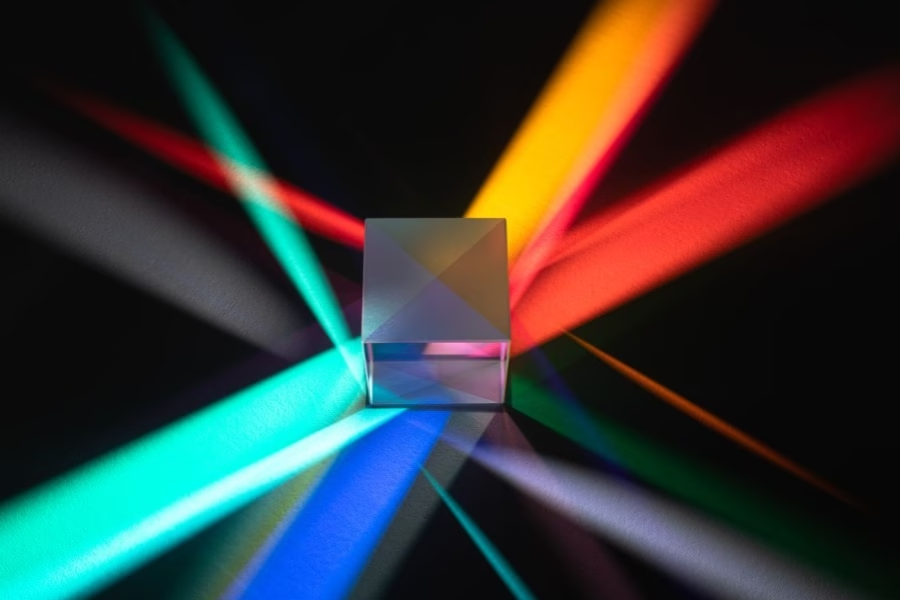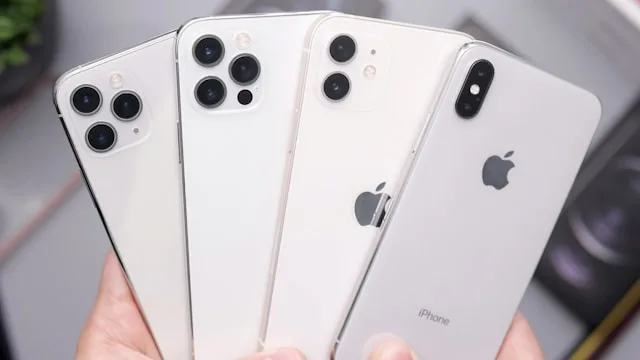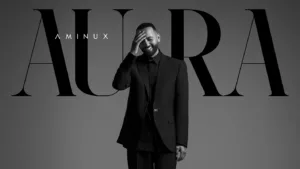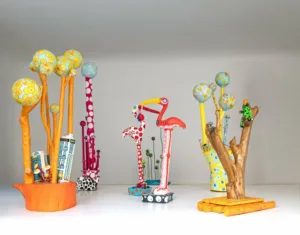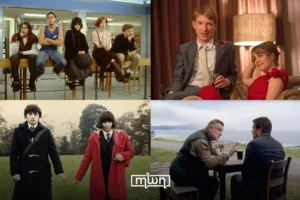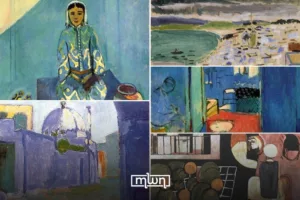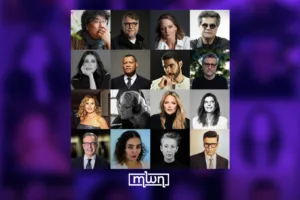Forget everything you know about the color wheel, this new discovery might change it.
Fez – A group of scientists in the US is making a wild, fascinating claim: they’ve discovered a color that no human eye has ever seen. Like, ever.
It’s not just a new shade of teal or some ultra-rare Pantone chip; this is supposedly an entirely new color experience, and they’ve named it “olo”.
Here’s how it happened: researchers conducted an experiment where volunteers had carefully controlled laser pulses beamed directly into their eyes.
Sounds terrifying, but it was all very scientific. The lasers targeted specific cone cells in the retina, the ones responsible for detecting color, and when they were stimulated in just the right way, participants reported seeing something…different. Something that didn’t fit into the standard rainbow we all know.
The study, published in Science Advances, was co-led by Professor Ren Ng of the University of California, who described the outcome as “remarkable.” He explained that our perception of color depends on how our three types of cone cells (red, green, and blue) are activated.
Usually, the brain blends the signals to make the colors we know. But in this case, the stimulation was so specific, it might have short-circuited the usual processing and triggered a whole new visual sensation.
Imagine telling someone who’s never tasted pineapple what pineapple tastes like.
That’s kind of what describing “olo” is like, it exists outside our visual vocabulary. It’s a color that, according to the team, doesn’t even exist in the real world… yet.
Of course, not everyone’s ready to hang a new crayon in the box just yet. Some scientists argue that the discovery is more of a perceptual illusion than an actual new color.
After all, the human eye has limits, and we haven’t evolved to see beyond them, unless, apparently, you throw lasers into the mix.
Still, even skeptics admit this could be a big deal for color science. One exciting possibility? Helping people with color blindness.
If olo can be accessed by tweaking how color is perceived, not just what’s physically present, it might open new pathways for expanding the color experience of those who’ve never been able to tell red from green.
Apparently, our understanding of sight is far from finished. And honestly, the idea that there’s still something completely new out there for our eyes to discover? That’s pretty cool.
Read also: YouTube Turns 20 with Over 20 Billion Videos

